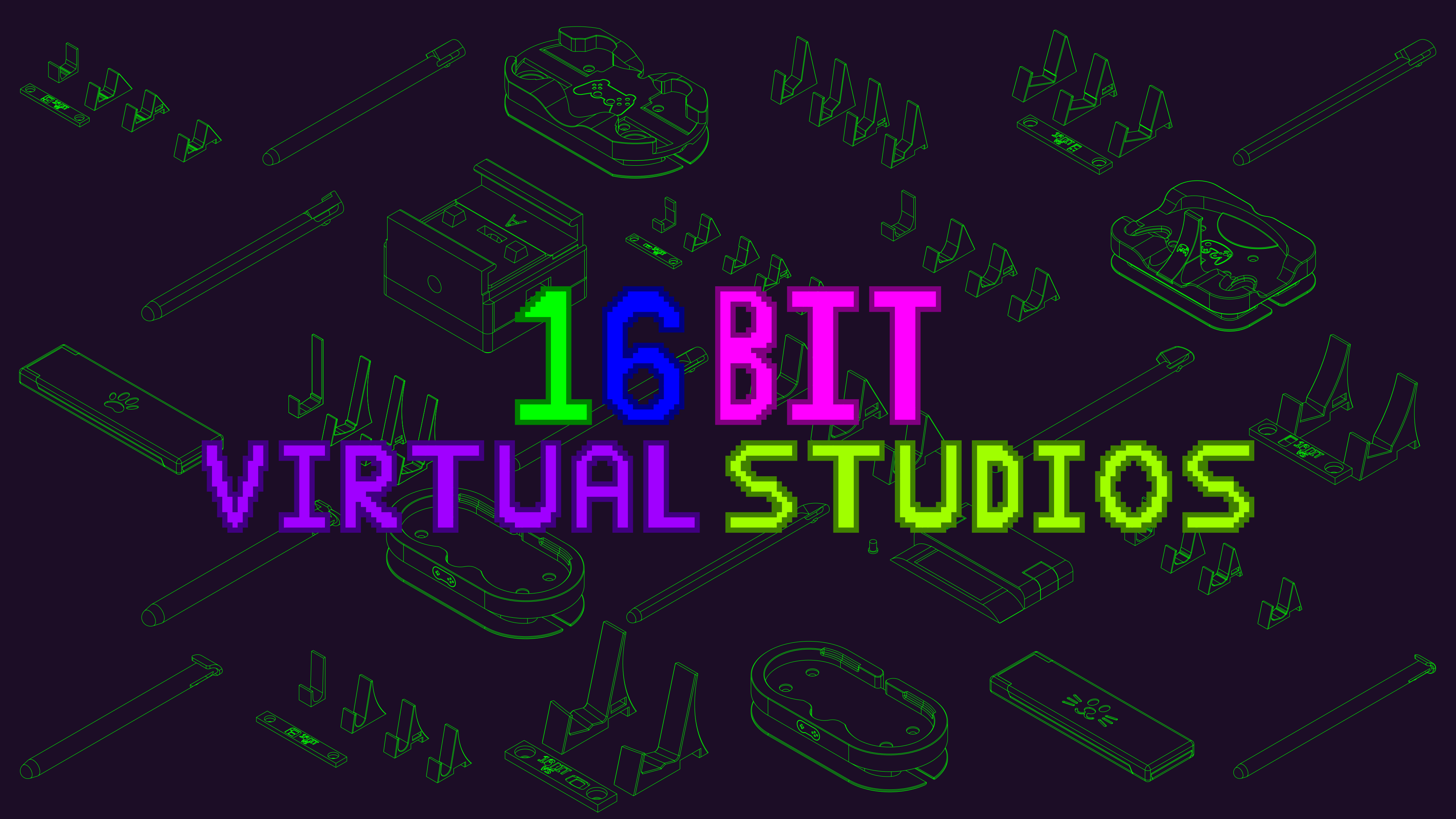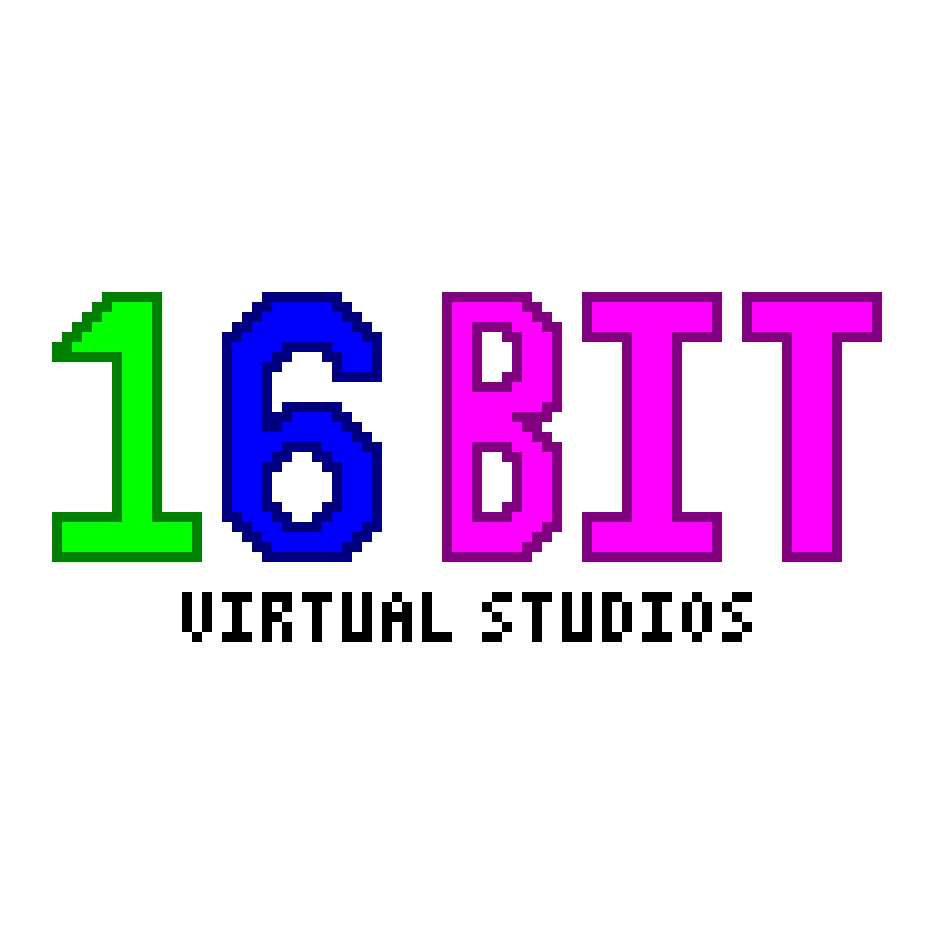Is it decent ? Yes
Should I look elsewhere? Also yes.
CAD is difficult to understand on a good day, and FreeCAD is a beginner unfriendly implementation of it.
I personally love it and it’s an excellent tool if you already know what you are doing. If you don’t, it’s a mess of screens and spaces with no rhyme or reason.
My two cents. Learn CAD first, Google Sketchup or Fusion 360 are good and beginner friendly with lots of tutorials. Then move to FreeCAD to learn the differences.
That said if you want to just try FreeCAD, this release is the best I’ve used from them.









It does but from my testing only on impossible shapes. Like two triangles mirrored at the tip with a width of 0.
It has other issues still, but the app is stable.